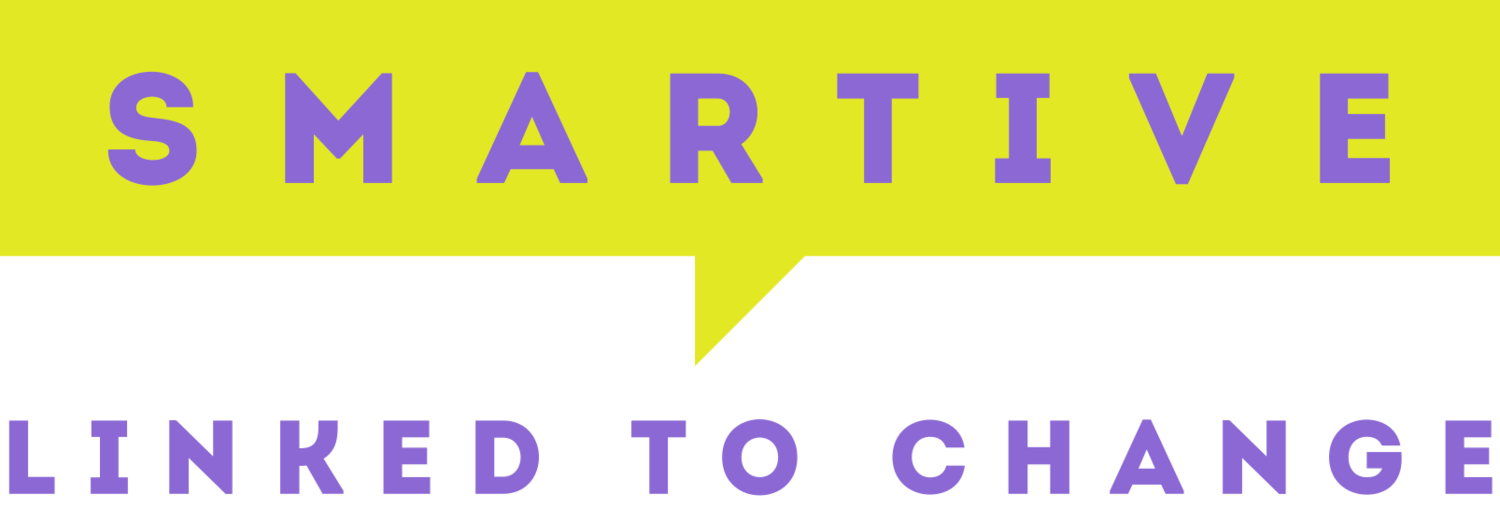How much human collaboration has been affected from the from the ever-increasing expansion of remote working? Well, a lot. Thanks to the article "The Profound Influence of Small Choices in Digital Collaboration" we delve into how remote work has increased reliance on digital collaboration tools. How do features of these tools—specifically, privacy versus transparency—steer the direction of creativity, and how can managers leverage these tools to drive the most productive forms of collaboration?
The study emphasizes two important dynamics that impact creativity: transparency and privacy. Transparent collaborations engage with a broader organizational community, facilitating diverse, spontaneous connections that can spark creativity through varied perspectives. Private collaborations, on the other hand, create intimate, trust-based environments where team members can take risks, challenge norms, and develop novel ideas. Both transparency and privacy have their own advantages, but they foster distinct types of creativity.
Drawing parallels from physical workplace design, where open-plan offices have their pros and cons, digital platforms offer greater flexibility. They allow teams to choose between public channels (transparent) and private channels (closed), depending on the needs of a specific project.
Two Distinct Creative Paths
The research distinguishes between developmental creativity and disruptive creativity. Developmental creativity, which emerges from transparent settings, involves expanding on existing ideas by collaborating with a wide network of individuals. Disruptive creativity, fostered in private settings, centers around challenging and reframing problems, often leading to groundbreaking innovations.
Managers can facilitate both paths by aligning the right communication structure with the specific needs of a project. For instance, a public forum may be more suitable when expanding on existing knowledge, while a private space may nurture creative breakthroughs by encouraging risk-taking.
Practical Examples
In a transparent setting, an employee solving a problem regarding recycling methods reached out in a public forum. This led to unexpected, valuable input from a colleague in another region, showcasing how transparency bridges diverse knowledge sources. Conversely, a private group working on reimagining organizational processes was able to engage in deep, candid discussions, fostering a level of trust and creativity not possible in public settings.
Designing for Creativity
To maximize creativity in digital environments, managers should consider three key points:
Select tools that allow both public and private spaces: Different projects require different types of creativity, so offering both transparent and private channels is essential.
Support private groups, even without oversight: Trusting teams to operate in private and finding ways to share insights from these spaces with the wider organization without undermining their creative safety is crucial.
Combine different groups to support varied creative paths: Using a mix of transparent and private settings in sequence or simultaneously can lead to both incremental improvements and groundbreaking innovations. Teams may start privately to develop risky, disruptive ideas, and later shift to a public channel for broader development.By making thoughtful decisions about when to use transparency or privacy, leaders can guide their teams toward the type of creativity—whether developmental or disruptive—that best suits their goals. Understanding these nuances enables organizations to fully unlock the creative potential of their digital workforce.



